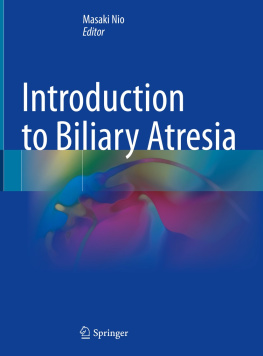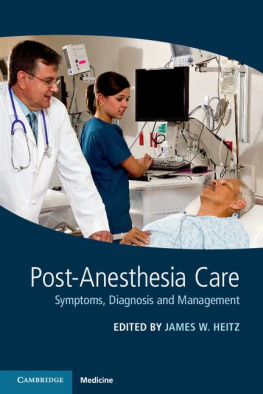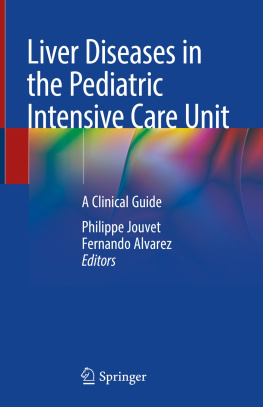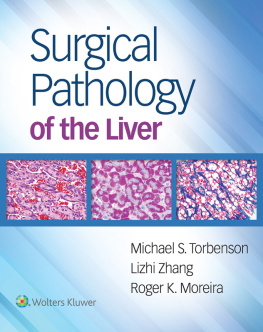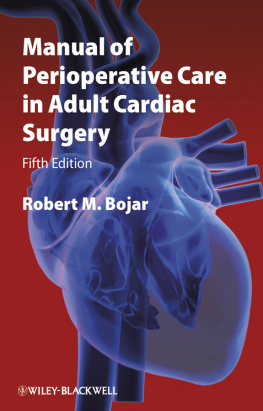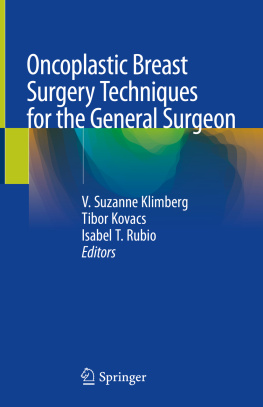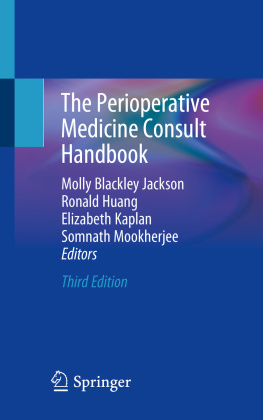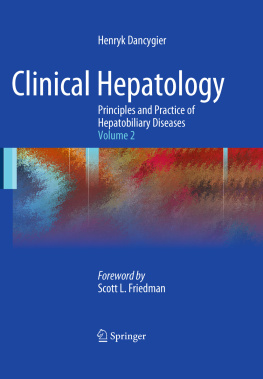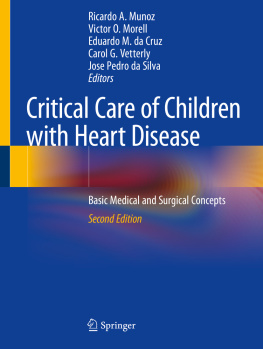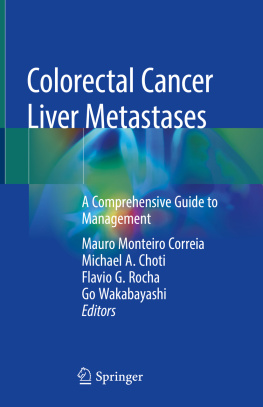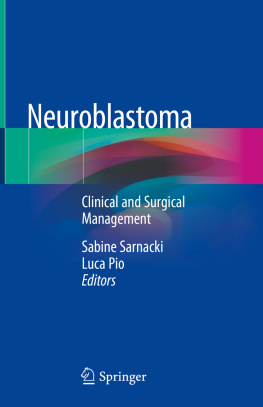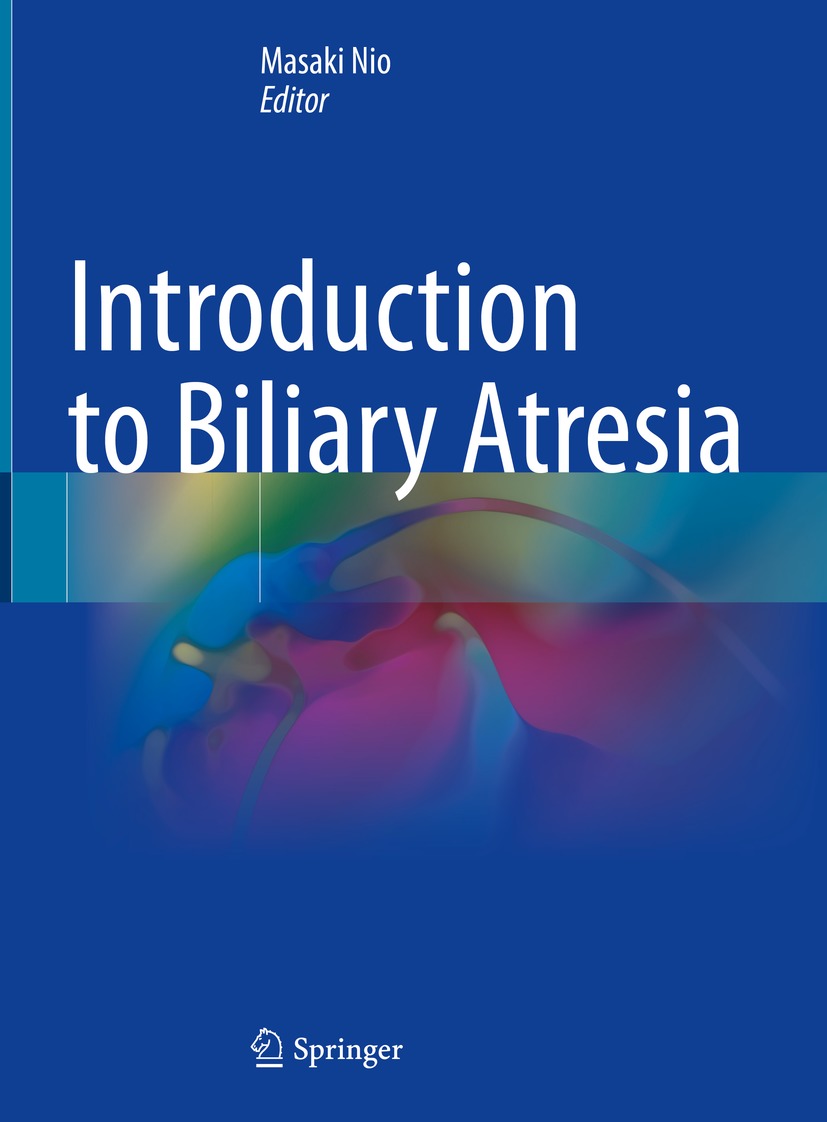Masaki Nio - Introduction to Biliary Atresia
Here you can read online Masaki Nio - Introduction to Biliary Atresia full text of the book (entire story) in english for free. Download pdf and epub, get meaning, cover and reviews about this ebook. City: Singapore, year: 2021, publisher: Springer, genre: Science. Description of the work, (preface) as well as reviews are available. Best literature library LitArk.com created for fans of good reading and offers a wide selection of genres:
Romance novel
Science fiction
Adventure
Detective
Science
History
Home and family
Prose
Art
Politics
Computer
Non-fiction
Religion
Business
Children
Humor
Choose a favorite category and find really read worthwhile books. Enjoy immersion in the world of imagination, feel the emotions of the characters or learn something new for yourself, make an fascinating discovery.
- Book:Introduction to Biliary Atresia
- Author:
- Publisher:Springer
- Genre:
- Year:2021
- City:Singapore
- Rating:3 / 5
- Favourites:Add to favourites
- Your mark:
Introduction to Biliary Atresia: summary, description and annotation
We offer to read an annotation, description, summary or preface (depends on what the author of the book "Introduction to Biliary Atresia" wrote himself). If you haven't found the necessary information about the book — write in the comments, we will try to find it.
This book offers a comprehensive overview of the latest standard medical procedures and surgical techniques for biliary atresia (BA), as well as the perioperative care, long-term follow-up and transitions. Experts on pediatrics in such fields as hepatology, surgery, pathology, and liver transplantation present their research findings and analyses of this rare and intractable disease of unknown etiology. In Japan, shared experience and sound understanding based on conferences and guidelines have led to standardization of management and clinical care and, as a result, better outcomes.
Providing insights into improving surgical outcomes, and including special chapters focusing on social support systems for patients and families as well as recent advances in early diagnosis, this book a valuable resource for medical professionals around the globe who are involved in treating biliary atresia. It is especially useful for pediatric hepatologists, pediatric surgeons and transplant surgeons.Masaki Nio: author's other books
Who wrote Introduction to Biliary Atresia? Find out the surname, the name of the author of the book and a list of all author's works by series.

